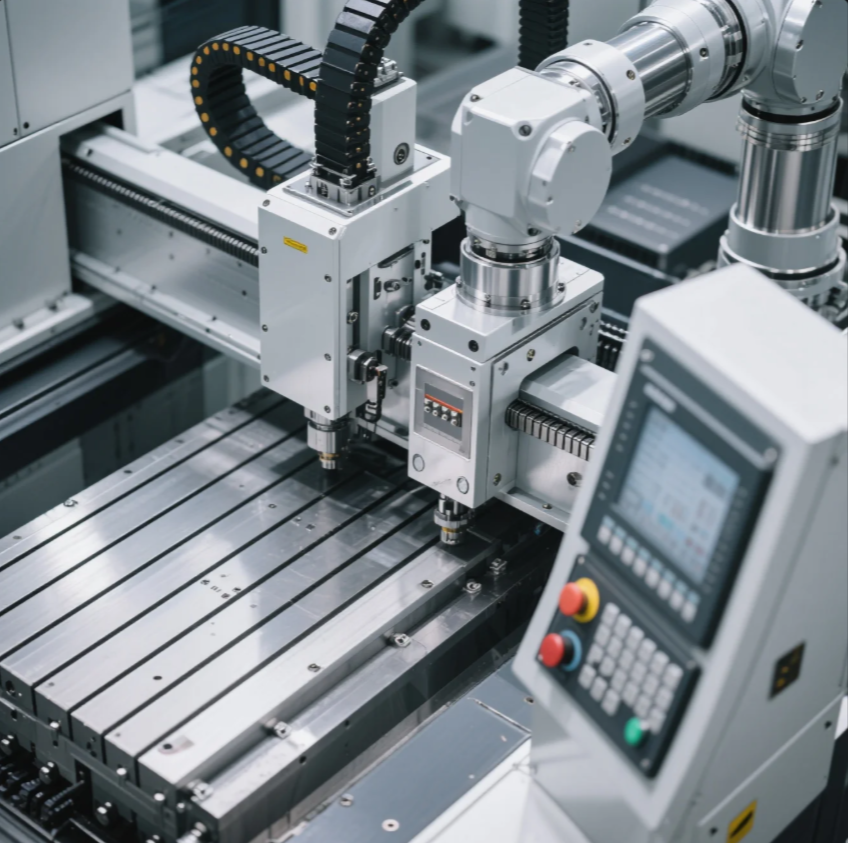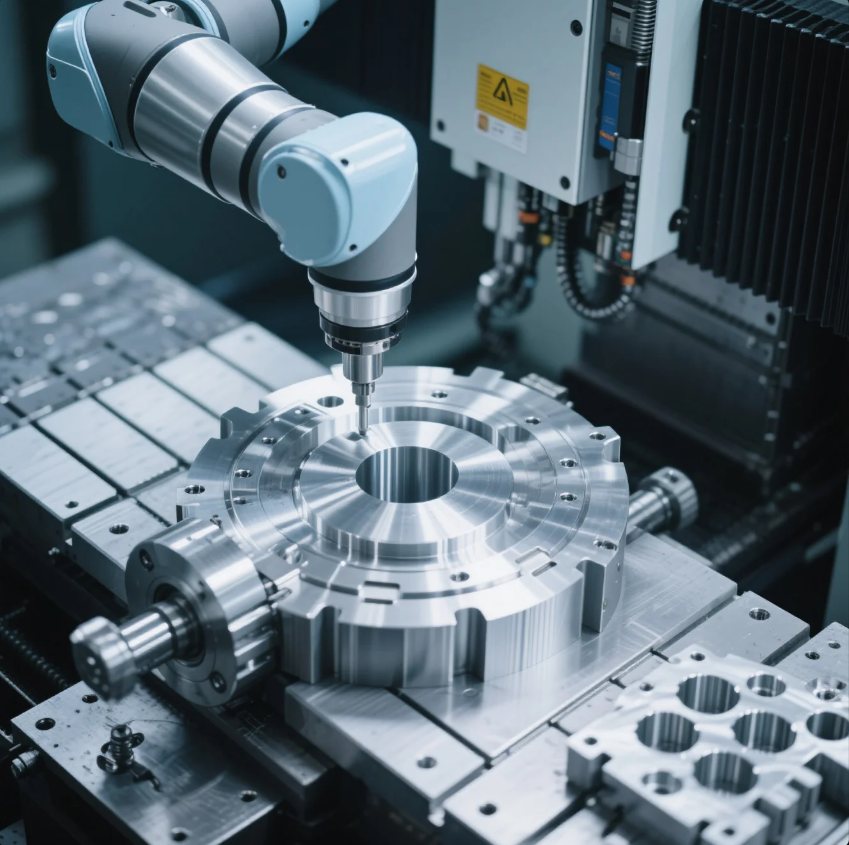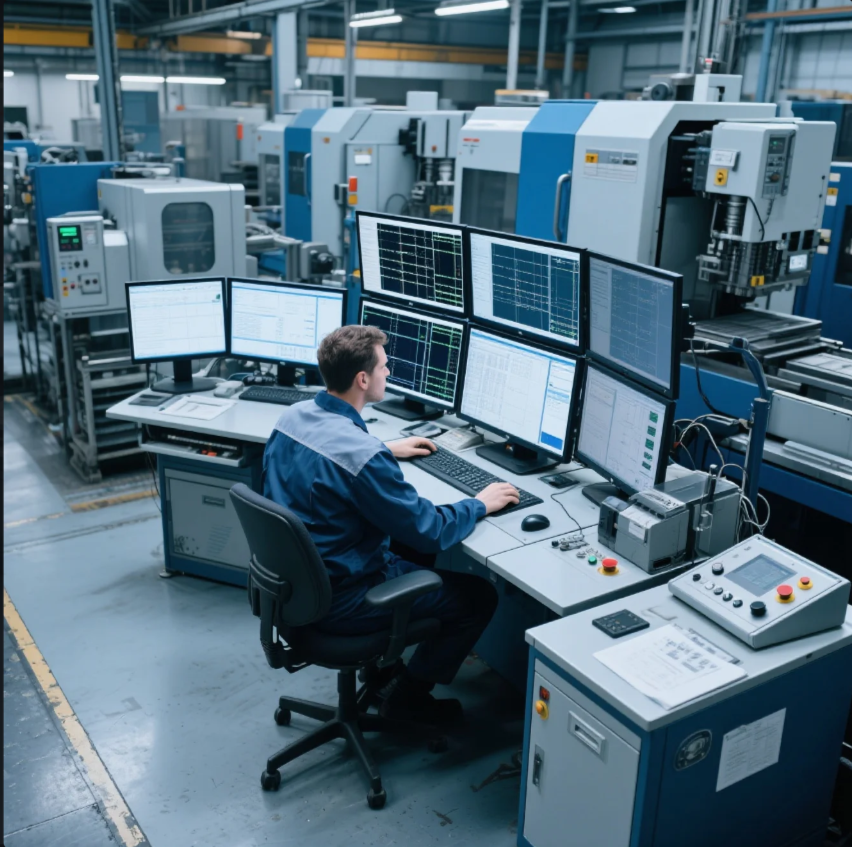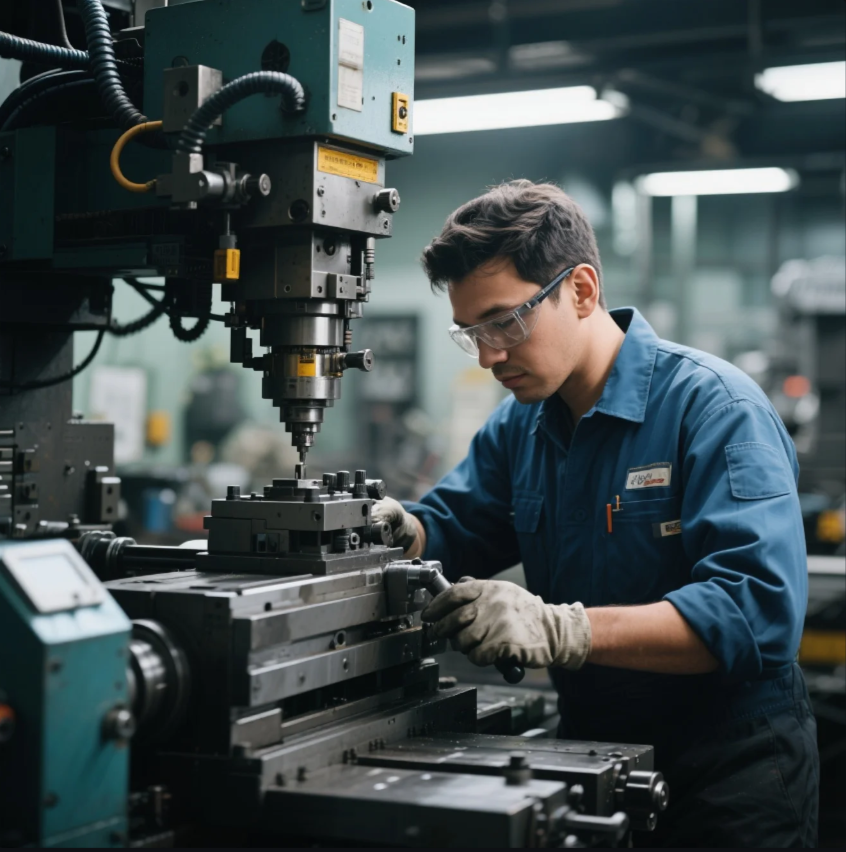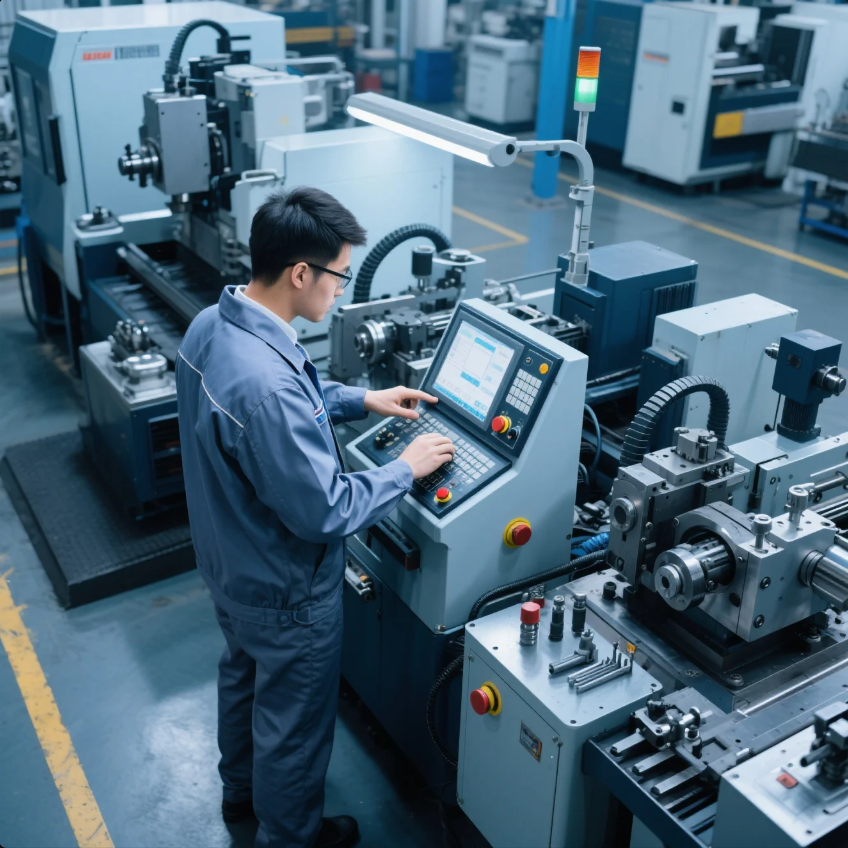Is It Safe to Use a Heat Gun Indoors?
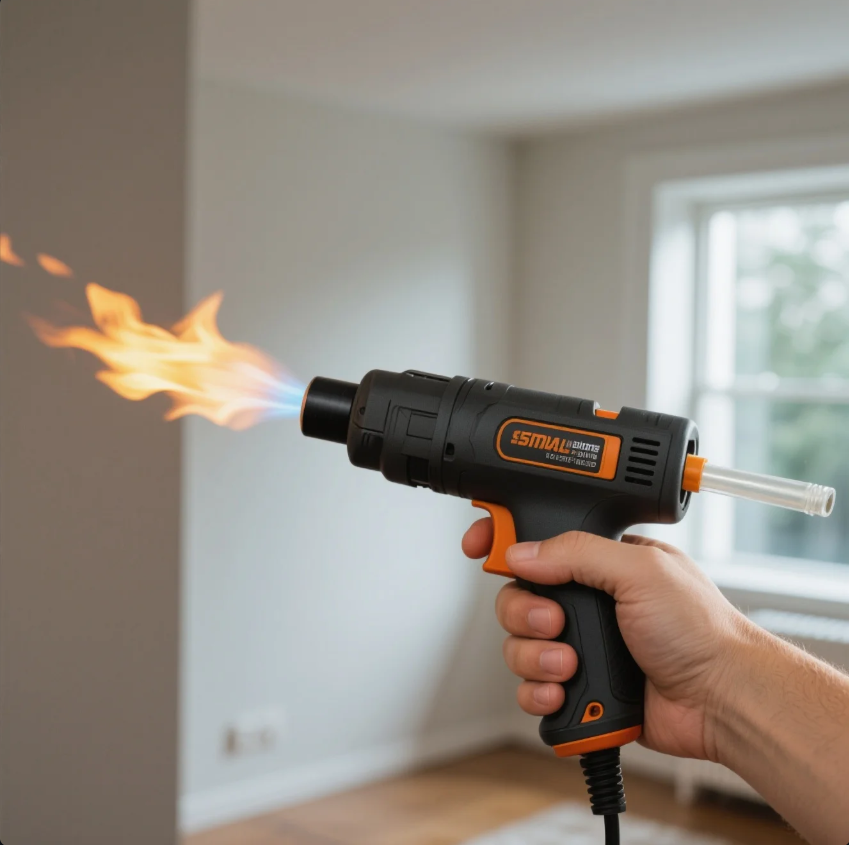
Heat guns are versatile tools that can be used for a variety of tasks, including paint removal, shrink wrapping, and soldering. However, when using a heat gun indoors, it’s essential to take precautions to avoid potential hazards. While heat guns are safe for indoor use if proper safety measures are followed, there are some risks associated with their operation that need to be addressed.
Snippet paragraph: Using a heat gun indoors can be safe as long as you take proper precautions, such as ensuring good ventilation and keeping flammable materials away from the tool.
Transition paragraph: Let’s explore when it’s safe to use a heat gun indoors and what precautions you should take to stay safe.
Do You Need a Mask When Using a Heat Gun?
In most cases, wearing a mask when using a heat gun is not necessary unless you are working with materials that release harmful fumes. For example, if you’re using the heat gun to strip paint, especially old paint that may contain lead, it’s important to wear a respirator mask to avoid inhaling toxic dust or fumes. Additionally, if you're using the heat gun to work with plastics or adhesives that can release harmful fumes when heated, a mask or respirator is recommended.
Snippet paragraph: You should wear a mask or respirator when using a heat gun to work with materials that release toxic fumes, such as paint or plastic.
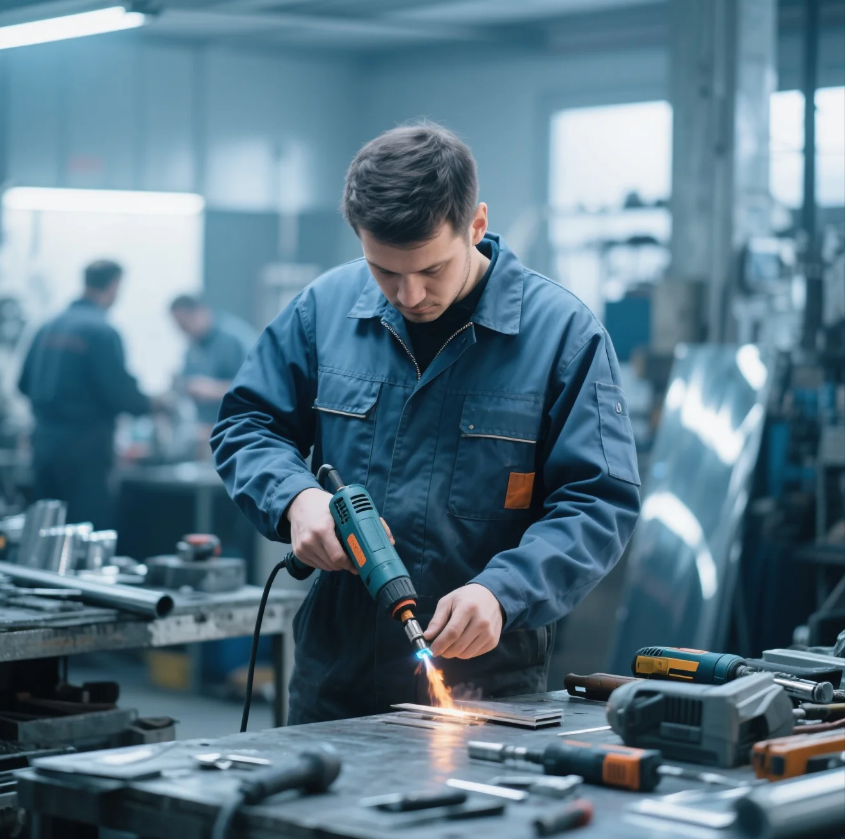
Dive-Deeper paragraph:
Heat guns can emit fumes when used on certain materials, such as paint, plastics, and adhesives. Inhaling these fumes can be harmful, so using a mask or respirator is a good precaution. When stripping paint, especially from older structures, you may also encounter lead-based paint, which can be extremely hazardous. For general use, a simple dust mask may be sufficient, but for more serious tasks, especially when dealing with chemicals or toxic substances, a respirator with a carbon filter is the safest option.
When to Use a Mask with a Heat Gun
| Task | PPE Required | Reason |
|---|---|---|
| Paint Stripping | Respirator Mask | Prevent inhalation of toxic fumes (e.g., lead) |
| Working with Plastic/Adhesives | Dust Mask or Respirator | Prevent inhalation of harmful chemical fumes |
| General Use | Not always necessary | Only needed if fumes or dust are produced |
What Are the Risks of Using a Heat Gun?
The primary risks of using a heat gun include:
- Burns: Heat guns can reach temperatures as high as 600°C (1112°F), and direct contact with the nozzle or hot air can cause serious burns.
- Fire Hazard: Heat guns can easily ignite flammable materials, especially if used near paint, paper, or fabric.
- Toxic Fumes: When using heat guns on certain materials like paint or plastics, toxic fumes can be released, posing health risks.
- Eye Injury: Heat guns can cause small particles or debris to fly, which could potentially damage your eyes.
Snippet paragraph: The risks of using a heat gun include burns, fire hazards, toxic fumes, and eye injury, so safety precautions are essential.
Dive-Deeper paragraph:
The high temperatures produced by heat guns create the risk of burns from accidental contact with the hot air nozzle or surface. Additionally, flammable materials can ignite if the heat gun is directed toward them or if the heat is applied for too long. Toxic fumes can be released when heating materials like paint, adhesives, or plastics, especially those containing lead or other harmful chemicals. Finally, flying debris or particles from melting paint or plastic can pose an injury risk, particularly to your eyes.
Common Risks When Using a Heat Gun
| Risk | Safety Measure |
|---|---|
| Burns | Wear heat-resistant gloves and use caution when handling the heat gun |
| Fire Hazard | Keep away from flammable materials and work in a well-ventilated area |
| Toxic Fumes | Wear a mask or respirator and ensure ventilation |
| Eye Injury | Wear safety glasses or goggles |
When Should You Not Use a Heat Gun?
There are certain situations where you should avoid using a heat gun indoors or altogether:
- Inflammable Areas: Avoid using heat guns near flammable materials such as paper, fabrics, or chemicals.
- Poor Ventilation: Don’t use a heat gun in an area with poor ventilation, especially when working with materials that emit harmful fumes.
- Inadequate Safety Gear: If you don’t have the proper PPE (like gloves, goggles, or a respirator), you should refrain from using the heat gun until you are properly equipped.
Snippet paragraph: Avoid using a heat gun near flammable materials, in areas with poor ventilation, or without the proper PPE to minimize risks.
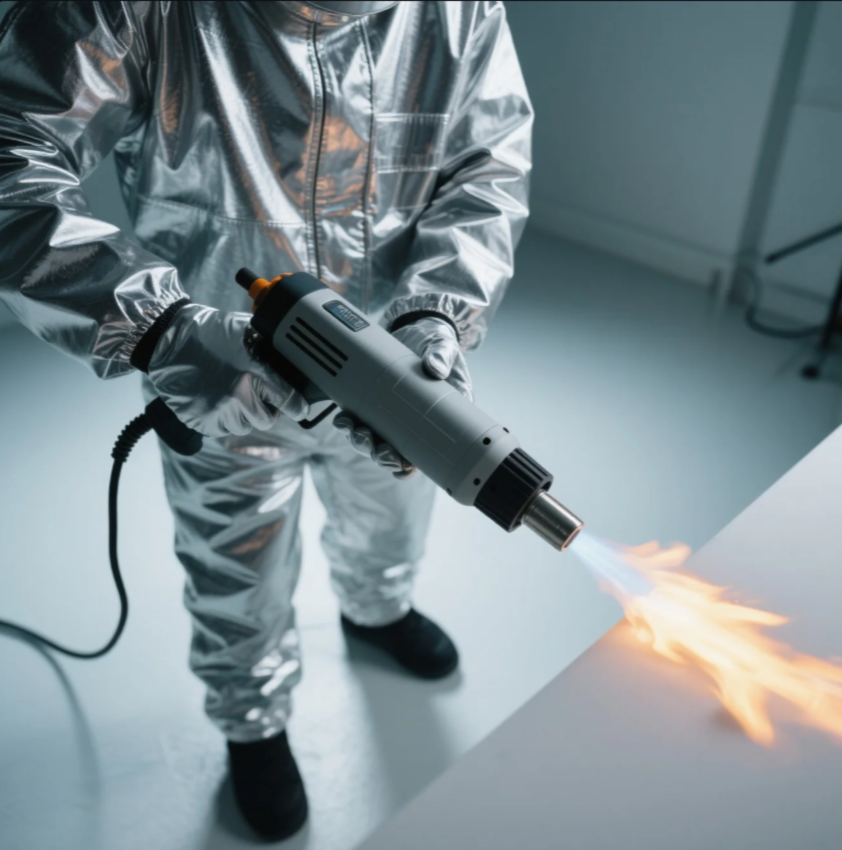
Dive-Deeper paragraph:
Never use a heat gun near flammable materials like paper, paint, or gasoline, as the high temperatures could ignite them. It’s also important not to use a heat gun in poorly ventilated areas, as harmful fumes from certain materials could build up and cause respiratory issues. Additionally, using a heat gun without the proper PPE—such as heat-resistant gloves, safety glasses, and a respirator mask—can lead to burns, eye injuries, and inhalation of harmful fumes. Always ensure you are fully protected before using a heat gun.
When to Avoid Using a Heat Gun
| Situation | Reason |
|---|---|
| Near Flammable Materials | Risk of fire or ignition |
| In Poor Ventilation | Risk of inhaling harmful fumes |
| Without Proper PPE | Risk of burns, eye injury, and respiratory issues |
Is a Heat Gun a Hazardous Heat Source?
Yes, a heat gun can be a hazardous heat source if not used properly. Its high temperatures make it suitable for heavy-duty tasks, but without the right precautions, it can cause burns, fires, and other injuries. Proper use, such as keeping the heat gun away from flammable materials, using appropriate PPE, and working in well-ventilated areas, can significantly reduce the risks associated with heat guns.
Snippet paragraph: A heat gun is a hazardous heat source if misused, but risks can be minimized by taking precautions, including safety gear and ventilation.
Dive-Deeper paragraph:
The intense heat generated by heat guns makes them useful but potentially dangerous tools. A heat gun can be a hazardous heat source if directed improperly or used without adequate safety measures. Accidental contact burns, fire hazards, and toxic fumes are the primary risks associated with heat guns. Ensuring that you have proper ventilation, using PPE like gloves and goggles, and keeping the heat gun away from flammable objects can help mitigate these hazards and allow you to work safely.
Minimizing Heat Gun Hazards
| Hazard | Mitigation Strategy |
|---|---|
| Burns | Wear heat-resistant gloves and handle carefully |
| Fire Hazards | Keep heat gun away from flammable materials |
| Toxic Fumes | Use a mask and ensure proper ventilation |
| Flying Debris | Always wear safety glasses or goggles |
Conclusion
Using a heat gun indoors is safe if proper precautions are taken. Always ensure you are working in a well-ventilated area, keep flammable materials away from the tool, and wear the necessary PPE to protect yourself from burns, fumes, and flying debris. By following these safety measures, you can safely use a heat gun for a variety of tasks indoors without risk.

